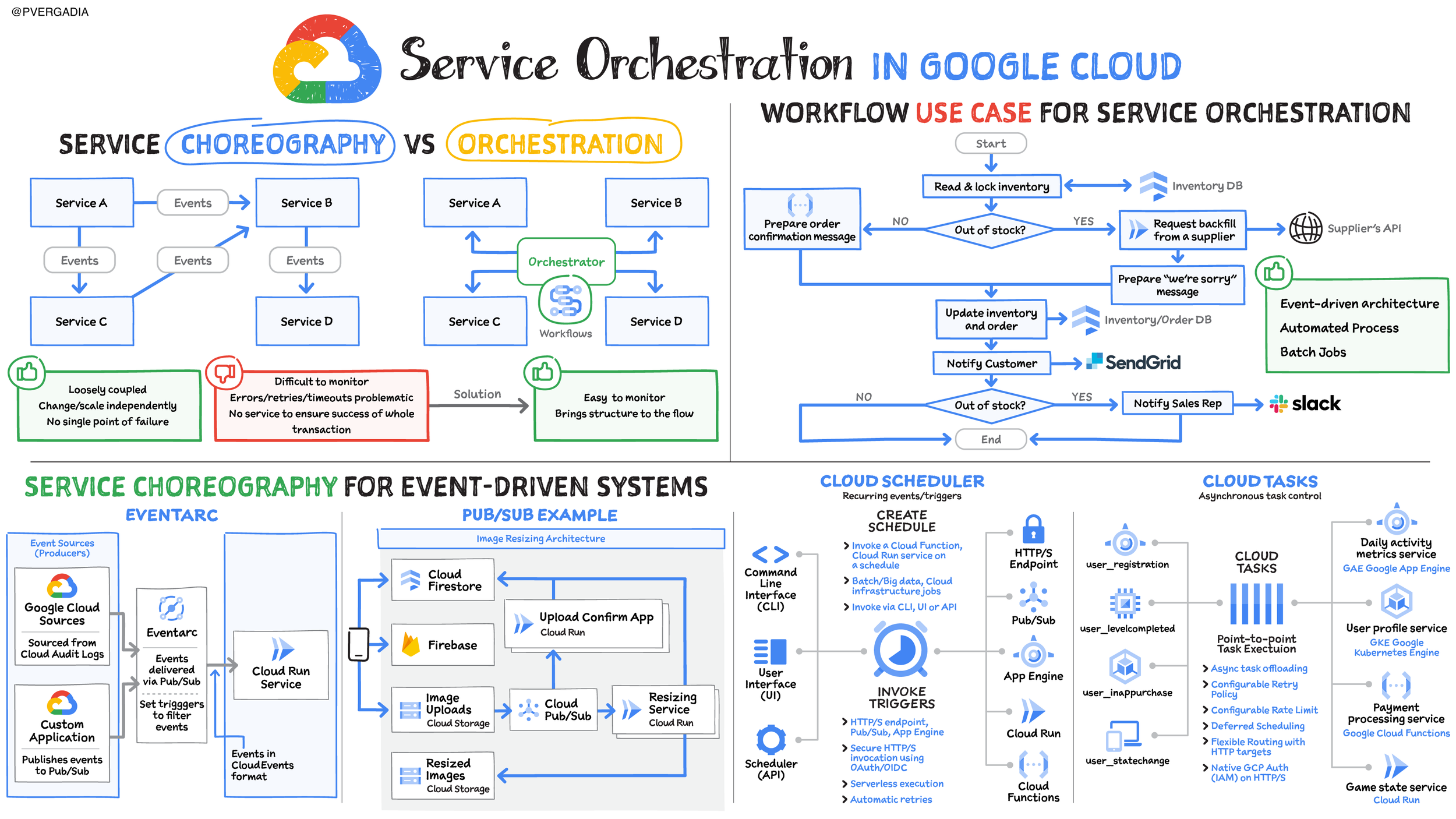
Microservices: Power and Coordination
Moving from monolithic applications to microservices brings significant advantages like reusability, scalability, and simpler modifications. However, these independent services need to communicate to solve complex business problems. This is where event-driven architectures come in.
Event-Driven Communication: Two Key Approaches
Event-driven architectures enable microservices to communicate by exchanging messages about events that occur within each service. There are two main ways to implement this:
Choreography: Microservices publish events and listen for relevant events from other services, reacting independently. They are responsible for their own logic and interactions.
Orchestration: A central service, often an orchestrator, dictates the sequence of events and manages communication between microservices. This approach offers more control but can become a bottleneck.
Choosing the right approach depends on your specific needs and the complexity of your microservices interactions.
